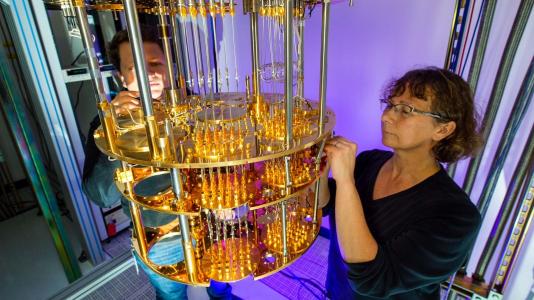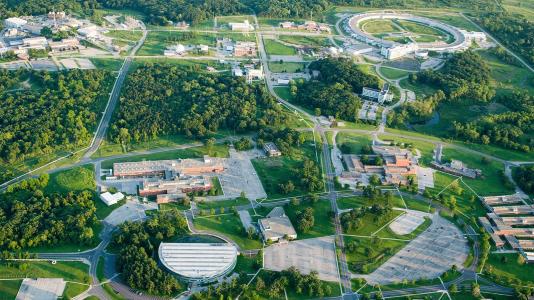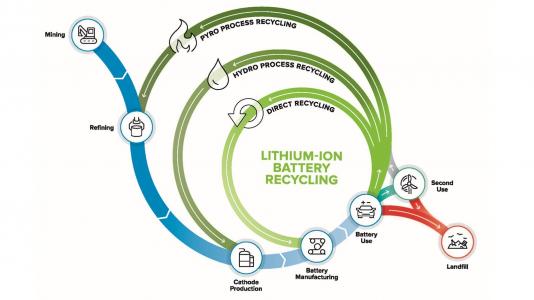
Industry Engagement
-

-

-

-
-

- Argonne licensing opportunityIntellectual Property Available to LicenseUS Patent 9,812,883
- Aqueous All-Organic Redox Flow Battery (IN-12-125)
Redox flow batteries comprising a first aqueous electrolyte comprising a first type of redox active material and a second aqueous electrolyte comprising a second type of redox active material. The first type of redox active material may comprise one or more types of quinoxalines, or salts thereof.
Described herein are redox flow batteries comprising a first aqueous electrolyte comprising a first type of redox active material and a second aqueous electrolyte comprising a second type of redox active material. The first type of redox active material may comprise one or more types of quinoxalines, or salts thereof. Methods for storing and releasing energy utilizing the described redox flow batteries are also provided.
- Argonne licensing opportunityIntellectual Property Available to LicenseUS Patent 9,300,000
- Organic Non-Aqueous Cation-Based Redox Flow Batteries (IN-09-054)
Non-aqueous redox flow battery comprising a negative electrode immersed in a non aqueous liquid negative electrolyte, a positive electrode immersed in a non-aqueous liquid positive electrolyte, and a cation-permeable separator between the negative electrolyte from the positive electrolyte.
The present invention provides a non-aqueous redox flow battery comprising a negative electrode immersed in a non aqueous liquid negative electrolyte, a positive electrode immersed in a non-aqueous liquid positive electrolyte, and a cation-permeable separator (e.g., a porous membrane, film, sheet, or panel) between the negative electrolyte from the positive electrolyte. During charging and discharging, the electrolytes are circulated over their respective electrodes. The electrolytes each comprise an electrolyte salt (e.g., a lithium or sodium salt), a transition-metal free redox reactant, and optionally an electrochemically stable organic solvent. Each redox reactant is selected from an organic compound comprising a conjugated unsaturated moiety, a boron cluster compound, and a combination thereof. The organic redox reactant of the positive electrolyte is selected to have a higher redox potential than the redox reactant of the negative electrolyte.
CONTACT USSubmit a Partnership InquiryTo discuss a potential research partnership with Argonne or to inquire about licensing Argonne technology
Related Organizations
-

-
